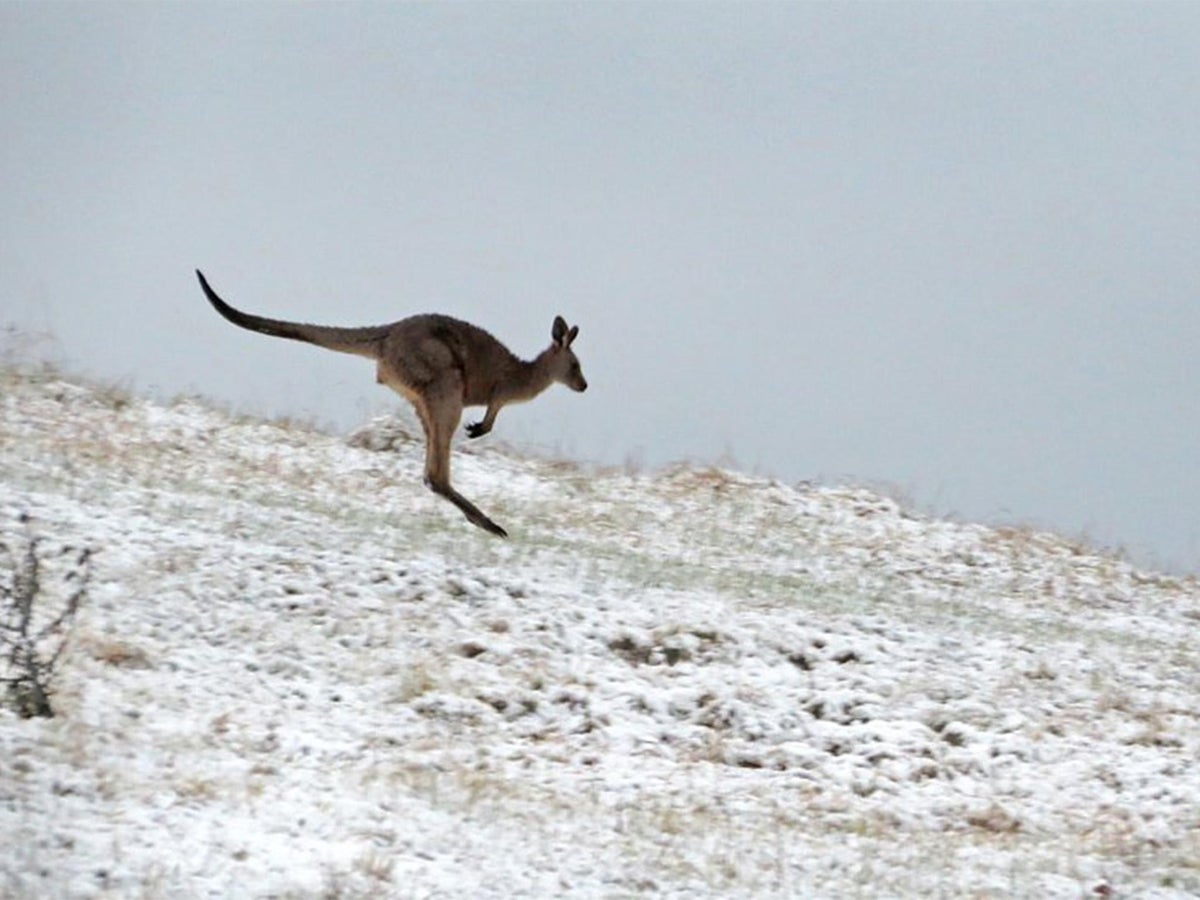Learn Which Areas Get the Frequent Snow In Australia During the Cold Season
Learn Which Areas Get the Frequent Snow In Australia During the Cold Season
Blog Article
The Different Kinds of Snow in Australia and Their Effect On Winter Sports
Australia, known for its sun-soaked coastlines, is also home to a varied selection of snow problems that dramatically influence winter months sporting activities. Each kind, from the wet coastal snow to the dry indoor powder, presents one-of-a-kind obstacles and advantages for athletes. An understanding of these variations is essential for those seeking to browse the Australian inclines, as each calls for different methods and resilience. The following exploration will certainly go over the implications of these snow types on wintertime sporting activities efficiency.

Understanding the Features of Various Snow Types
While several presume that snow is a homogeneous entity, it is essential to comprehend that there are different kinds, each with one-of-a-kind characteristics. These distinctions in snow kind aren't simply aesthetic; they significantly impact winter months sporting activities, determining the simplicity of motion, the rate possible, and the level of control required from athletes.
The Influences of Powder Snow on Skiing and Snowboarding
Despite its light and cosy appearance, powder snow in the Australian Alps provides both special challenges and opportunities for winter months sporting activities enthusiasts, particularly those involved in winter sports and snowboarding. The smooth and flexible surface of powder snow also decreases risk of injury throughout drops, making it a preferred option for severe winter months sports.

The Obstacles and Advantages of Packed Snow in Winter Season Sports
Shifting focus from the loosened, completely dry powder snow, another prevalent kind of snow in the Australian Alps is stuffed snow, posturing its very own set of challenges and advantages in the realm of wintertime sporting activities. This denser, a lot more solidified type of snow provides a quicker, slicker surface area, profiting sporting activities like downhill snowboarding and snowboarding, enhancing rate and precision. The exact same qualities additionally present difficulties. Its hard surface area can be dangerous, raising the potential for injuries throughout falls. Additionally, regulating and navigating turns speed can be tough on jam-packed snow, requiring greater ability levels from athletes. In spite of these difficulties, loaded snow stays an essential component in lots of winter sports, shaping the efficiency and methods of professional athletes.
The Role of Damp Snow in Australian Winter Games
In comparison to the dense, glossy surface of stuffed snow, damp snow plays a completely various role in Australian winter months video games. Does Australia Get Snow. Its malleability makes it perfect for snow sculpting occasions and for strengthening snow frameworks in sporting activities like snow fort fights.

Just How Slushy Snow Influences Winter Season Sports Efficiency
Continuing the exploration of varying snow conditions in Australia, the influence of slushy snow on winter months sports is an additional interesting variable. Slushy snow, arising from warmer temperatures or direct sunshine, postures distinct obstacles to athletes. It minimizes speed and needs increased physical initiative as the tools sinks right into the soft, water-saturated snow. In skiing and snowboarding, slushy problems can affect the predictability of turns and dives, raising the threat of accidents. For snowmobiling, the maker's performance may be impeded as it has a hard time to keep traction. Therefore, slushy snow changes the winter season sports landscape, demanding not only enhanced physical effort from professional athletes however also a greater Learn More Here focus on safety precautions.
Adjusting Winter Sports Techniques to Various Snow Conditions

Conclusion
In verdict, Australia's diverse snow kinds considerably influence winter season sports efficiency. Each type, from the glossy seaside snow to the drier interior powder and the heavy, sticky damp snow, presents distinct challenges and benefits.
Changing focus from Continue the loose, completely dry powder snow, one more widespread type of snow in the Australian Alps is packed snow, positioning its very own set of difficulties and advantages in the realm of winter months sports - Does It Snow In Australia.In contrast to the dense, slick surface of packed snow, wet snow plays a completely various duty in Australian winter season video games. Its malleability makes it ideal for snow sculpting events and for strengthening snow frameworks in sporting activities like snow ft fights.Proceeding the expedition of varying snow problems in Australia, the impact of slushy snow on winter months sporting activities is one more interesting element. Each kind, from the slick coastal snow to the drier indoor powder and the heavy, sticky wet snow, presents unique challenges and benefits
Report this page